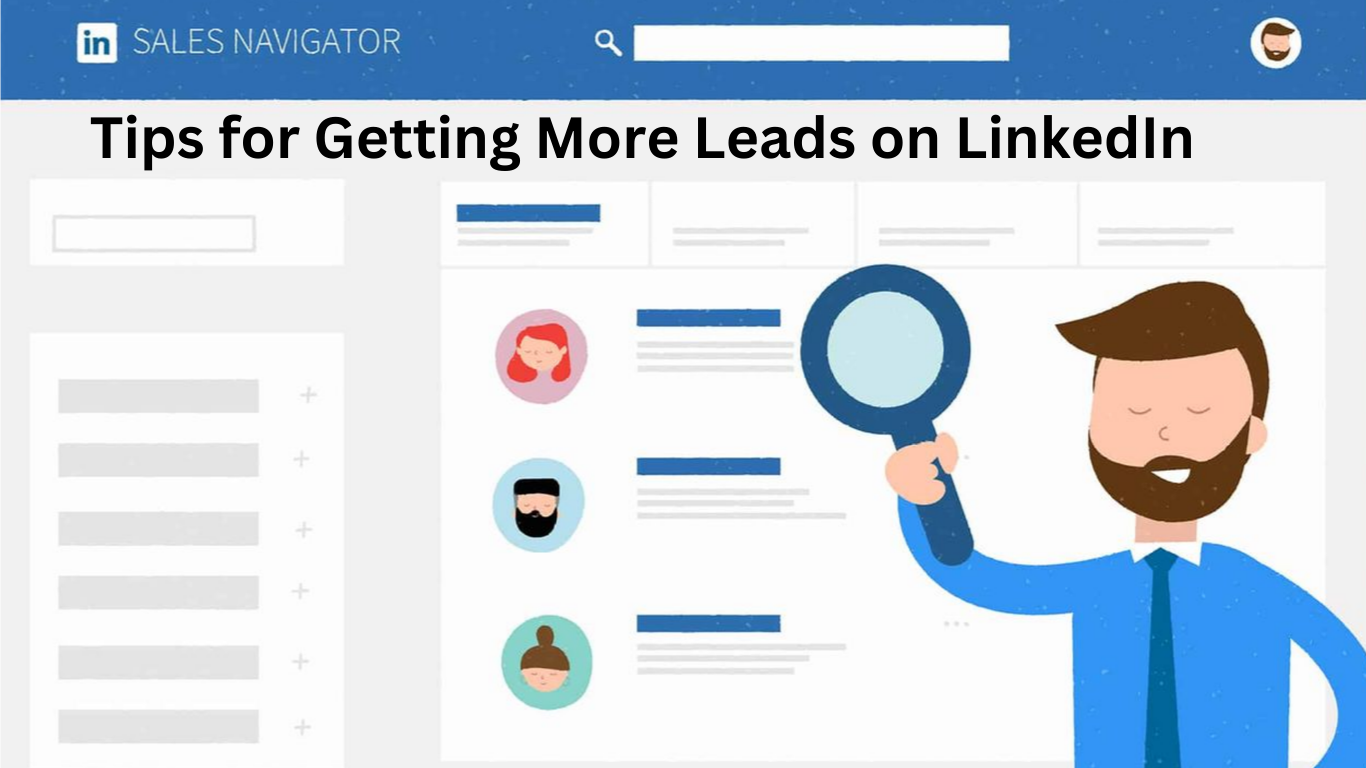With more than 850 million members and accepted as the main lead generating tool, LinkedIn has become a pillar for B2B marketers. Using LinkedIn’s advanced targeting and professional audience will present great opportunities to generate and grow outstanding leads.
These rules will help you to maximize your LinkedIn ad spending, generate excellent leads, and convert prospects into committed customers.
Table of Contents
Toggle1. Finding and Focusing Your B2B Audience
LinkedIn offers many targeting options to help you identify ideal B2B contacts. Target based on job title, function, industry, company size, and more. Focusing on the most relevant audience for your offering helps you to target groups like “vice presidents of sales” or “IT Directors at mid-market financial services firms”.
Add location, group memberships, and participation levels among other criteria to improve your targeting even more. Consider focusing on candidates from specific areas or those already using your materials.
Additionally assist you in spotting new prospects with traits by looking at like-minded viewers inspired by your present customers. LinkedIn’s predictive audience using artificial intelligence suggest targets in line with your goals. Success depends on testing many targeting techniques and optimizing toward conversions.
2. Choosing the Right Ad Formats and Placements
LinkedIn offers several ad styles and placements that might help your efforts at B2B lead generation. For sponsored content, for example, you could run native ads that fit exactly the news feed to increase awareness. Think about single-image ads, carousels, or videos to grab interest.
Sponsored InMail offers a more tailored approach allowing direct contact to prospects via their LinkedIn inbox. Dynamic ads showing very relevant content can retarget users who have already interacted with your brand.
Worth looking at are LinkedIn video ads, which are also becoming increasingly powerful. Test several creative forms—text, images, and videos—then choose which your audience would find most appealing. Placement is also very crucial; sponsored materials excel in discovery, but InMail is best for tailored outreach.
3. Creating Compelling Ads and Landing Pages
Once you have chosen the right ad forms and determined your target audience, then you can create interesting ads and landing pages that convert prospects into leads. Strong value propositions in ads enable them to achieve up to double the CTR of those without. Your ad copy should personally and precisely highlight the benefits of your product or service.
Companies such as Google and Adobe run LinkedIn ads with messaging like “Reach the Right Professionals with LinkedIn” and “Find New Customers on the World’s Largest Marketing Platform.” This benefit-driven approach appeals to target markets more than does generic advertising.
Strong call-to- action (CTA) determines both generation of clicks and conversions. Your ads should revolve on lines like “Request a Demo,” “Start Your Free Trial,” or “Register Now”. A prospect should be directed to a landing page matching the messaging of your advertisement when they click it, thus offering the promised good or service. Add lead capture forms, gated material, and other components to compile visitor data and lead them further down the sales funnel.
4. Tracking and Optimizing Performance
Maximizing the success of your LinkedIn ad campaigns depends on tracking performance metrics and optimizing depending on insights. Here are some great rules:
Track conversions: Using LinkedIn’s conversion tracking tags or UTM guidelines, exactly measure leads and conversions from your ads. Crucially important for understanding campaign profitability, this allows you to calculate cost-per- lead and return on ad expenditure (ROAS).
A/b testing:To discover the best-performing variations, test many ad creatives, target audiences, bids, and placements. Adjust your budget to let these more successful ads take the front stage.
Monitoring Metrics: Examine closely key metrics including clicks, conversion rates, cost per conversion, and relevance scores. Change your bids and keep aiming toward your desired cost-per- lead.
5. Avoiding Common B2B LinkedIn Ad Mistakes
Running LinkedIn ads sends many B2B marketers into common mistakes. The following keeps one free from them:
Aiming too broadly would be: Aiming too broadly would be like While sweeping broadly is tempting, too wide targeting can cause negative consequences and waste of ad money. Instead, focus especially on specific job titles, industries, and company sizes that fit your ideal client profile. Start small then widen depending on performance records.
Weak Call-to- Action: Your CTA should make prospects react especially, powerfully. Often useless are generic CTAs like “Learn More”. Instead, talk in an action-oriented language like “Get Your Free Consultation.”
Low Quality Scores:LinkedIn assigns your ads a quality score determined by expected clickthrough rates. Less visibility and more expenses follow from lower scores. Create highly relevant ads and make sure your landing pages maximize to improve quality ratings.
Ignoring Conversion Optimization: Your goal is not only clicking but lead generating and conversion. Stress the need of maximizing your ads for conversions above their mere click count.
Conclusion
LinkedIn greatly helps B2B lead generating. Knowing your ideal clients, choosing suitable ad forms and placements, creating interesting content, and optimizing for conversions will help you to generate notable results.
How To Get B2B Leads On Linkedin 2024?
Create focused LinkedIn ads depending on industry, job level, location, etc. to create B2B leads using Linkedin. You can thus obtain your perfect B2B audience. Of B2B marketers, forty percent claim LinkedIn offers premium leads.
What is LinkedIn’s target audience?
Aimed Audience. Subject of each member’s ad settings and LinkedIn’s Advertising Policies, LinkedIn Interests and Traits targeting lets you build your audience based on members’ direct or inferred interests, traits, or professional groups they may belong to.
How might one locate business partners on LinkedIn?
Use your network to identify B2B contacts on LinkedIn or other channels; reach out to current contacts for referrals. Engage in conversations and connect with pertinent sector organizations to highlight your experience.

